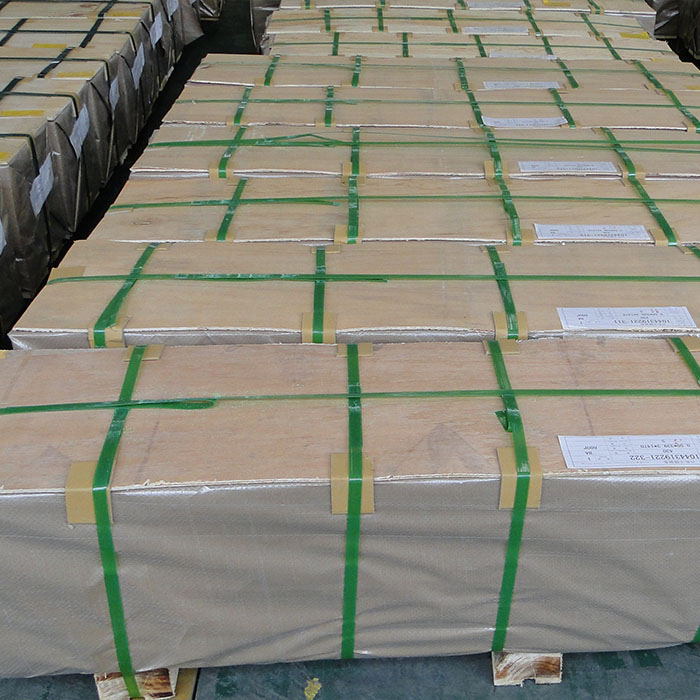

The performance of stainless steel plates is indeed affected by temperature, especially at high temperatures. Temperature changes affect the mechanical properties, corrosion resistance and microstructure of stainless steel. Here are a few key aspects of the impact of temperature on the performance of stainless steel plates:
1. Changes in strength and hardness:
Loss of strength at high temperatures: The tensile strength, yield strength and hardness of stainless steel decrease as the temperature increases. Generally, the strength of stainless steel begins to gradually decrease when it exceeds 300-400°C. The strength decreases significantly when the temperature exceeds 800°C, especially when the material is exposed to high temperatures for a long time, and the material may lose some of its load-bearing capacity.
Increased brittleness at low temperatures: At very low temperatures, some types of stainless steel may become more brittle, resulting in a decrease in the fracture toughness of the material.
2. Changes in corrosion resistance:
Increased corrosion at high temperatures: The corrosion resistance of stainless steel decreases in high temperature environments. When the temperature increases, the protective passivation film formed on the surface of the steel may be damaged, causing the stainless steel to be exposed to corrosive media, thereby reducing its corrosion resistance. Especially above 400°C, the surface oxidation rate accelerates.
High temperature oxidation: At high temperatures, an oxide layer may form on the surface of stainless steel. Although it can provide some protection, excessively high temperatures will intensify the oxidation reaction and make the oxide layer unstable, which will affect the corrosion resistance of the steel.
3. Creep and thermal fatigue:
Creep: When stainless steel is exposed to high temperatures for a long time, it may creep, that is, slow and continuous deformation under persistent load. This deformation is particularly significant at high temperatures, especially in high temperature environments above 1000°C.
Thermal fatigue: Frequent temperature changes can cause thermal fatigue in stainless steel. This temperature change can cause cracks in the microstructure inside the material, which in turn affects its performance.
4. Phase transformation and microstructural changes:
Decrease in the stability of the austenite phase: At high temperatures, especially above 800°C, the microstructure of austenitic stainless steel may change. The grains of austenitic stainless steel may coarsen, resulting in a decrease in its toughness, and even at extremely high temperatures, the austenite phase may transform.
Grain coarsening: At high temperatures, especially above 800°C, the grains of the steel may gradually coarsen. This grain coarsening can cause the mechanical properties of stainless steel to deteriorate, especially under high temperature load conditions.
5. Thermal conductivity and thermal expansion:
Thermal conductivity changes: The thermal conductivity of stainless steel changes with increasing temperature. At high temperatures, the thermal conductivity may increase, but as the temperature rises further, more complex changes may occur.
Thermal expansion: Stainless steel expands as the temperature rises. Different types of stainless steel have different thermal expansion coefficients. Thermal expansion at high temperatures may cause structural deformation and stress concentration.
In short, the properties of stainless steel plates will change in high temperature environments, especially changes in strength, hardness, corrosion resistance, and microstructure. The specific degree of impact depends on the type of stainless steel and the temperature range. Generally speaking, when the temperature exceeds 300-400°C, the strength begins to decrease, when it exceeds 600°C, the corrosion resistance decreases, and when it exceeds 800°C, significant performance degradation occurs. Therefore, in high-temperature applications, it is necessary to select stainless steel materials with better high-temperature resistance, such as 310S, 253MA and other alloy stainless steels specially used in high-temperature environments.
